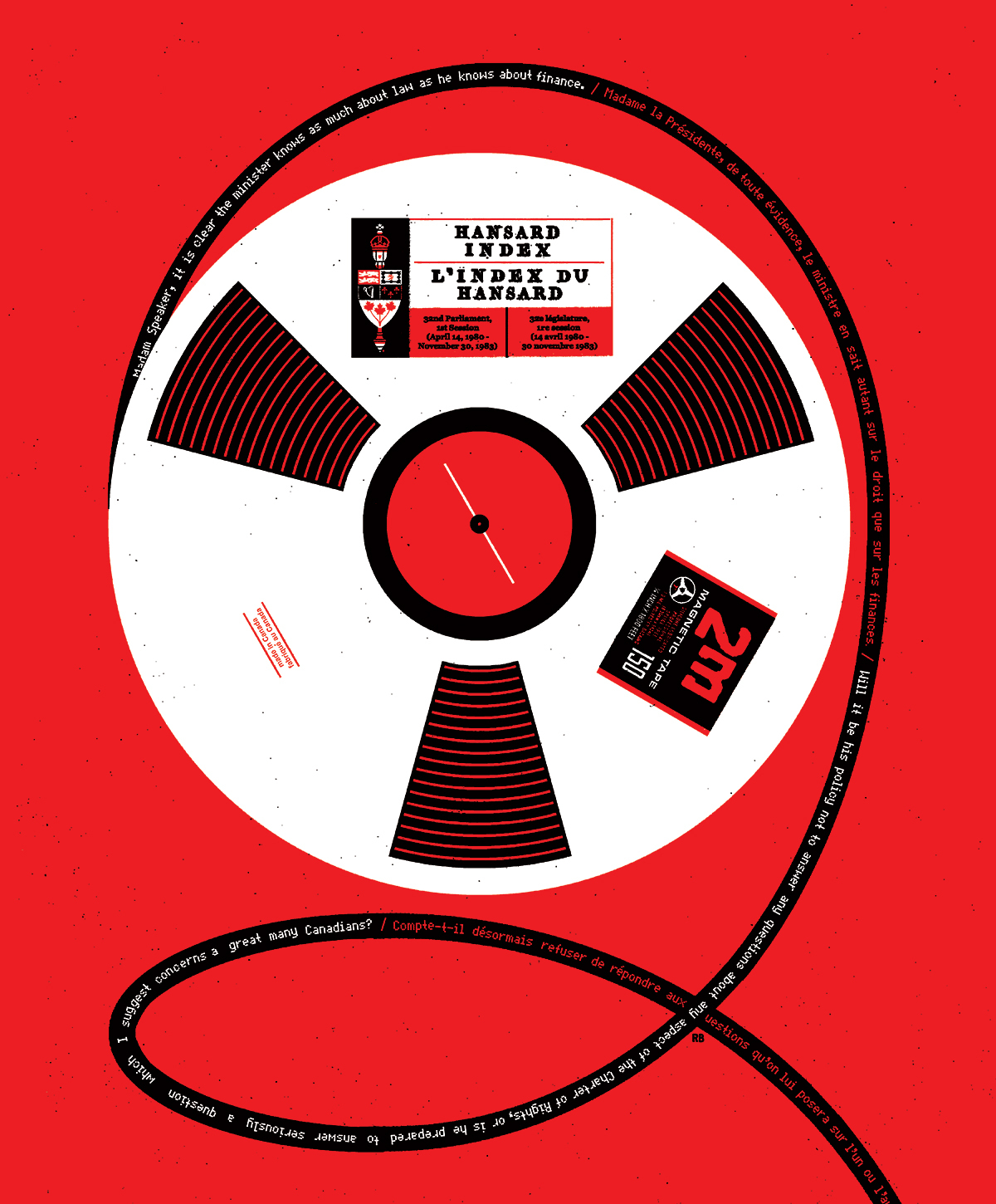If corporations were in fact real persons, they would be sociopaths, completely lacking the ability for empathy that is a crucial element of normal human behavior. Unlike humans, however, corporations are theoretically immortal, cannot be put in prison, and the larger multinationals are not constrained by the laws of any individual country.
Jeremy Lent has an essay arguing that AI Has Already Taken Over. It’s Called the Corporation. He isn’t the only one making this point. Indrajit (Indi) Samarajiva has a Medium essay on Corporations Are Already AI that corporations are legally artificial people with many of the rights of people. They can own property (including people), they have agency, they communicate, and they have intelligence. Just because they aren’t software running on a computer doesn’t make them artificial intelligences.
As Samarajiva points out, it would be interesting to review the history of the corporation looking at examples like the Dutch East India Company to see if we can understand how AGIs might also emerge and interact with us. He feels that Corporate AIs hate us or at least are indifferent.
Another essay that also touches on this is a diary entry by David Runciman on AI in the London Review of Books. His reflections on how our fears about AI mirror earlier fears about corporations are worth quoting in full,
Just as adult human beings are not the only model for natural intelligence – along with children, we heard about the intelligence of plants and animals – computers are not the only model for intelligence of the artificial kind. Corporations are another form of artificial thinking machine, in that they are designed to be capable of taking decisions for themselves. Information goes in and decisions come out that cannot be reduced to the input of individual human beings. The corporation speaks and acts for itself. Many of the fears that people now have about the coming age of intelligent robots are the same ones they have had about corporations for hundreds of years. If these artificial creatures are taking decisions for us, how can we hold them to account for what they do? In the words of the 18th-century jurist Edward Thurlow, ‘corporations have neither bodies to be punished nor souls to be condemned; they may therefore do as they like.’ We have always been fearful of mechanisms that ape the mechanical side of human intelligence without the natural side. We fear that they lack a conscience. They can think for themselves, but they don’t really understand what it is that they are doing.






